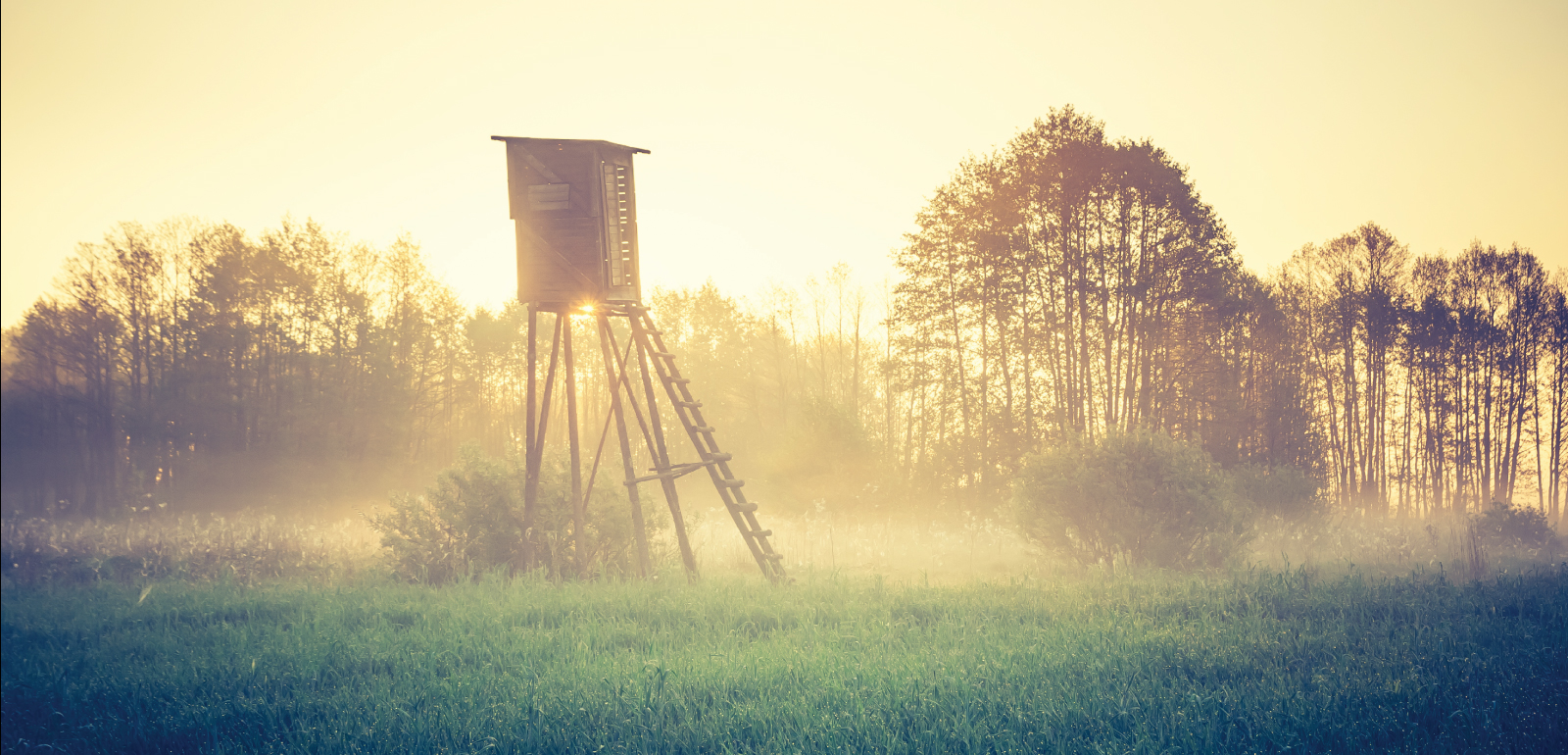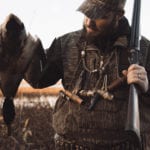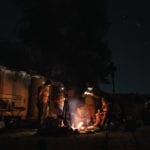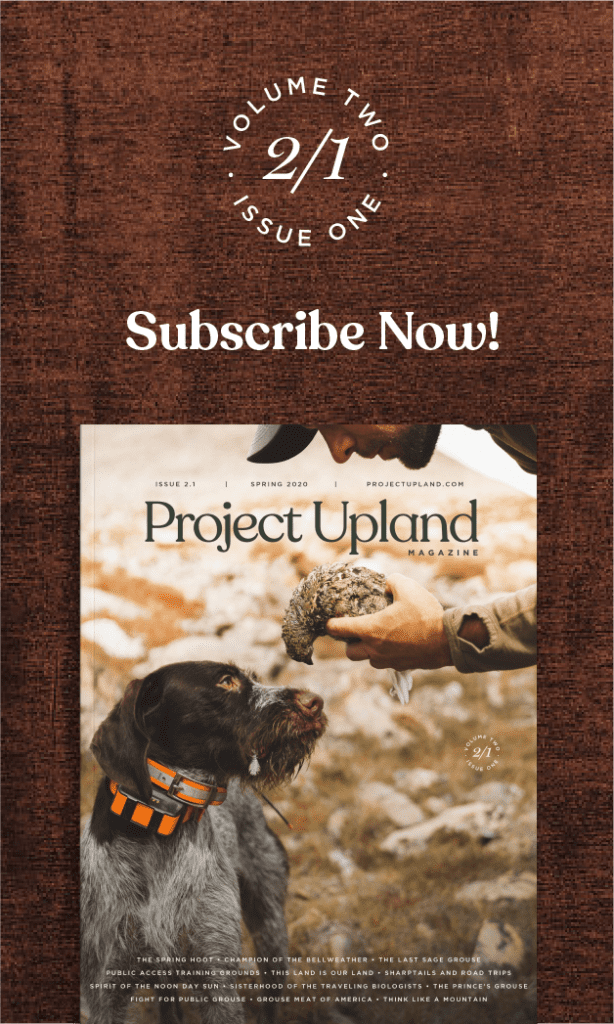An Exploration into the Third Death of Hunting Culture.
Check out the last two issues of Hunt Rising our industry print publication:
Hunt Rising | Issue 2.0
Hunt Rising | Issue 1.0
For print copies please contact info@northwoodscollective.com
This already sounds harsh — and mostly because if you think of the big buck and big game craze as your heyday, well, that’s dying. And if you just bear with me through this article you will understand why. You will also recognize that this is not the first and probably not the last time a hunting culture has been laid to rest.
It’s important to understand I lay this narrative out here for the purpose of better understanding the future of marketing in our hunting culture. I will say in the harshest of wake-up calls: this change in hunting culture is not a choice, it is a do-or-die scenario. People do not get to pick cultural shifts; they just happen.
The end of market hunting and the rise of the sportsman
I hate using the word sport because in 2019 the word does not make sense given our changing hunting culture. (Read: The Word Sport in Hunting). But the true sportsman was born back in the world of Teddy Roosevelt and has been dead for a long time. Back then, the word made more sense — it fit the times, it fit the culture. It was a perceived as a good thing. That was the hunting culture before the big buck and big game craze. There was some good in it (and like most anything else, some bad) but it was mostly built on good intentions.
Organizations like Boone and Crockett and Pope and Young appeared and we had just came out of a dark time for conservation. That dark time was the heyday of market hunting when the perceived-as-unlimited resource of wild game was unregulated, pillaged and sold on the free market. Landmark legislation after legislation came out as the sportsman become the champion of conservation and the North American model was born.
These record books sought one pure and simple purpose: celebrate the conservation success of this new North American model by tracking the progress of animal size. That sounds amazing, even in 2019 and a changing world of hunting culture. That culture died and gave way to a new hunting culture.
Enter the ‘big buck’ and ‘big game’ craze
As noted above, books like Boone and Crockett existed to celebrate the success of conservation. But as this new culture took root, the focus of these recording systems shifted — and not for the better. The celebration now became the name next to the number rather than the animal. This is the trophy craze that has corrupted the more pure past of our hunting culture.
As a millennial, I am going to attempt to do everyone justice here and not stereotype a whole generation as one specific thing with zero concept of the true reality. Many people I have met in this big game craze actually did care about conservation and actually did good things for conservation. And before I am perceived as attempting to take down another trophy crazed hunter, I will make a confession: I have been there. I am, indeed, guilty as charged.
I remember a time in the not-so-distant past when I believed that conservation meant managing a deer herd for bigger bucks and larger populations. I paid little attention to the damage the whitetail deer had brought to many landscapes and relished in a boom of numbers and tags burning a hole in my pocket. I only shot mature bucks when it came to the male population (although I never really discriminated against filling my doe tags).
I got sucked into a competition of who could shoot the biggest deer and the culture that started creating a world where hunters apologized for shooting small deer. It’s a culture whose outward projection to the everyday American was trophy-obsessed. Writing this all down seems like pure insanity to me now that I feel I have a much better understanding of conservation. It took small game hunting for me to see that. In the introduction to my latest book, Urban Deer Complex 2.0, I wrote about these very thoughts.
“. . . I remember a time when I thought that managing the land for the biggest buck and more deer, was conservation. I was wrong. Conservation is a larger picture and when you look at it you realize that the overpopulation of Whitetails is an epidemic rather than a victory. Sure, that is an unpopular belief in the deer community, but I urge everyone to stop and truly ponder this. It’s important to me as the final chapter in my suburban/urban deer hunting roots to lay this out there.
We forget about the invasive plant species that have overtaken our forests as Whitetails overgraze the favored native species. Add to that the impact of undergrowth essential for migratory song birds and a whole suite of other species to successfully breed and survive while helping filter our groundwater. We forget about the core causes of CWD and EHD outbreaks which have ravaged populations in states which were once iconic for deer hunting. One could easily muse that our management for larger herds and bigger bucks has only aided in its spread. It makes us think about what the definition of a healthy herd is. Is it 40-50 deer per square mile, which seems to be the minimum of most suburban herds these days? I remember once reading that 7-10 deer per square mile is what the land could take before overgrazing and disease start to show negative effects. Why as hunters have we not paid more attention to that question — to the science-based conservation we preach? Are we confusing a ‘healthy herd’ with our ideal picture of what ‘good hunting’ is?
. . . What I am preaching here is for us to do more than the bare minimum. Buying a license does in fact support conservation, but it is not enough. We should all pick a cause. Join a non-profit that is making a difference in our outdoor spaces. Help them address the ever-evolving management challenges in our landscape or the fight for public lands. When we do more than what is required by law, then yes, we can brag that we are conservationists . . .”
I could really go deep on how the big buck and big game is not the same culture as in the days of Teddy Roosevelt. And today, like then, we find ourselves at a critical junction: the death of one hunting culture and the birth of a new one.
The ‘New Age’ hunting culture
“New Age” hunting culture sounds stupid. Who knows what to call it? Honestly, it’s much in its infancy. But what we can do is accurately identify the parts. This new culture is being built by millennials. Despite what some may think or say, the millennial world of hunting is booming and they probably do not see it ’cause this new culture is not only different from the big buck craze but is intentionally contributing to its downfall.
We are talking about a generation that has different motivations, ideology, lifestyles, religions (or lack thereof), politics and views on conservation. This is a culture that embraced the sustainability movement, the organic craze, fights tooth and nail for public land protection and picked up the torch for climate change. Sounds almost like an environmentalist movement . . .
I recently read an unnamed study that pointed towards “food” being a motivational factor for both previous generations and now, millennials. Where that study failed was this is not a two-dimensional theory. Millennials are quite literally taking up hunting for food. You will never make a sound argument that the big buck craze generation took up hunting ’cause they wanted to know where their hamburger came from. Sure, that was a byproduct, but not the initial motivation.
That shift is having a domino effect. Trophy hunting, “method” obsession, and all the other things the industry have created have given way to how can I put the most meat in a freezer in the fastest and most ethical way. Plenty of millennials fall in love with the process, if not all, but this is a major shift in thinking.
Add in all the culture changes of a new generation and we are actually left with a lot more conservation-minded culture. There is an impending need to make sure the system is not only sustainable now but stays sustainable. I would fall on the floor if any big buck craze-cultured hunter ever spoke to me in that tone.
Plenty of this new culture has left a tough pill to swallow for the previous generations. The marriage between gun rights and hunting has fallen victim to something which for many older generations has been a zero sum game. A staunch put-the-brakes-on moment.
Add in stark differences in the concept of public lands and a near hatred for privatization — and the old culture begins to crumble. Try and convince a millennial that hunting in any part of Africa is good for conservation and you will be met with complex knowledge on government corruption, social inequalities, and ultimately a generation that says, “It’s not that simple.” This is in fact the culture that gave birth to millennial-minded organizations like Backcountry Hunters and Anglers. The Texas model of privatization is not popular here.
But the fact still stands: none of this can be stopped. This is the death of a hunting culture and the birth of a new one. And if you plan to be a brand that exists in this brave new world, you will have to fit the new narrative.
*The focus groups were surveyed throughout a period of 2 weeks during the month of March 2019, when upland hunting participation begins to taper off and spanned the entirety of the United States. The survey took an average of eleven minutes to complete and garnered a 97% completion rate for a total of 2620 responses. The findings of the survey are reported at a 95% confidence interval with a sampling error of less than 3%. For a look at the Methodology in this survey check out: 2019 National Upland Bird Hunting Survey




